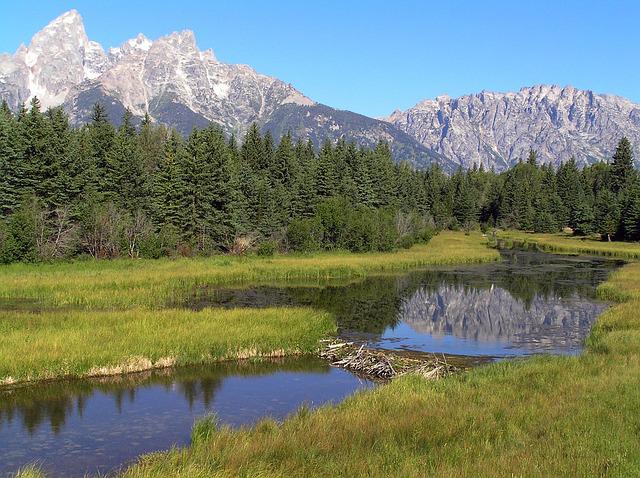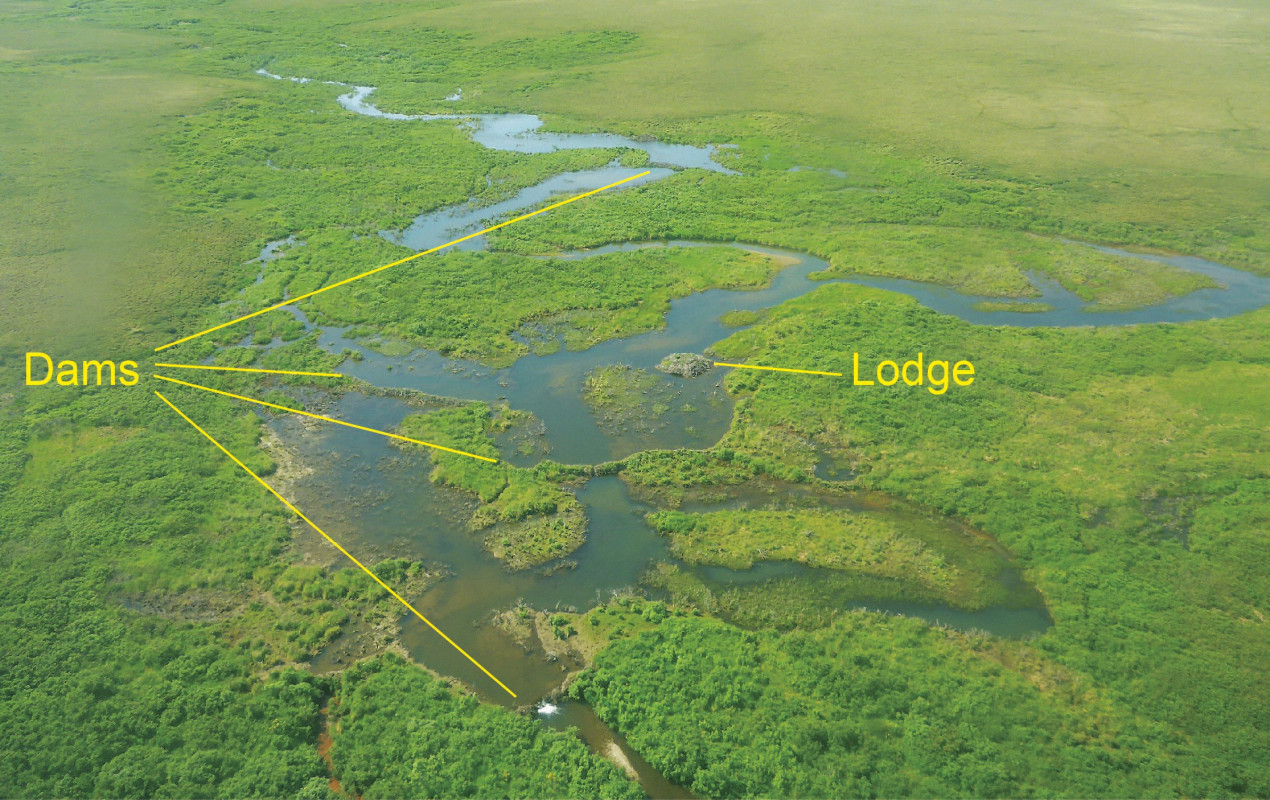 Did you know that beavers are found everywhere throughout North America with the exception of the driest lands and deserts?
Did you know that beavers are found everywhere throughout North America with the exception of the driest lands and deserts?
As prevalent as they may be, their exponentially increasing presence in the Arctic is negatively influencing the ecosystem around them. With the rising temperature that comes because of global warming, even the cold north is getting warm enough.
As trees move northwards in a warming climate, so are beavers that use the trees to build their homes -- and in turn other species that depend on beaver habitats.
Why Build Dams in the First Place?
Beavers build dams through rushing streams in order to create small, still ponds where they can build a shelter that protects them from any natural predators, like wolves and coyotes. These dams have a large effect on the environment around them with the ability to heavily influence streams, rivers, and even entire lakes!
 The ponds beavers create end up being important habitats for other organisms to live in, increasing fish and bird populations. They can also improve water quality by building dams that help naturally filter pollutants. By blocking flowing water, they flood nearby soil which moisturizes it and slows the water down enough that it decreases the chances of flooding.
The ponds beavers create end up being important habitats for other organisms to live in, increasing fish and bird populations. They can also improve water quality by building dams that help naturally filter pollutants. By blocking flowing water, they flood nearby soil which moisturizes it and slows the water down enough that it decreases the chances of flooding.
All in all, beavers are needed in many environments due to their ability to greatly impact it. However, their northward expansion seems to be impacting the habitats in the Arctic more negatively than benefitting them.
How Are Beaver Ponds Affecting the North?
The number of ponds in the Arctic has doubled to 12,000 since 2000. Fifty years ago, there were no traces of beavers or their ponds in this area, but now these alterations can be seen through satellite images.
 These ponds can change the landscape of the Arctic, redirecting rivers and consequently the fish, giving the local people and animals fewer fish to rely on.
These ponds can change the landscape of the Arctic, redirecting rivers and consequently the fish, giving the local people and animals fewer fish to rely on.
Not only that but by converting streams into a system of ponds, beavers are trapping water in the Arctic landscape. As the ponds flood permafrost soil, the warmer water causes the frozen ice to melt, releasing trapped greenhouse gases such as methane and carbon dioxide. These gases trap more heat on the Earth, accelerating global warming.
Additionally, the groundwater from permafrost melt causes beaver ponds to become deeper and wider, expanding further away from their original location. Melting permafrost also weakens the soil, making it unstable and leading to the formation of large sinkholes. Sinkholes cause damage to infrastructures such as roads and houses and impact ecosystems.
Recently, the Anglia Ruskin University in Cambridge has been given a grant to thoroughly investigate the effects of beavers on the Arctic ecosystem. Perhaps with the results of their research, we can find ways to decrease the effects these cute creatures might cause on the world.
Sources: BBC, Nature, Humane Society, NPS, WWF







